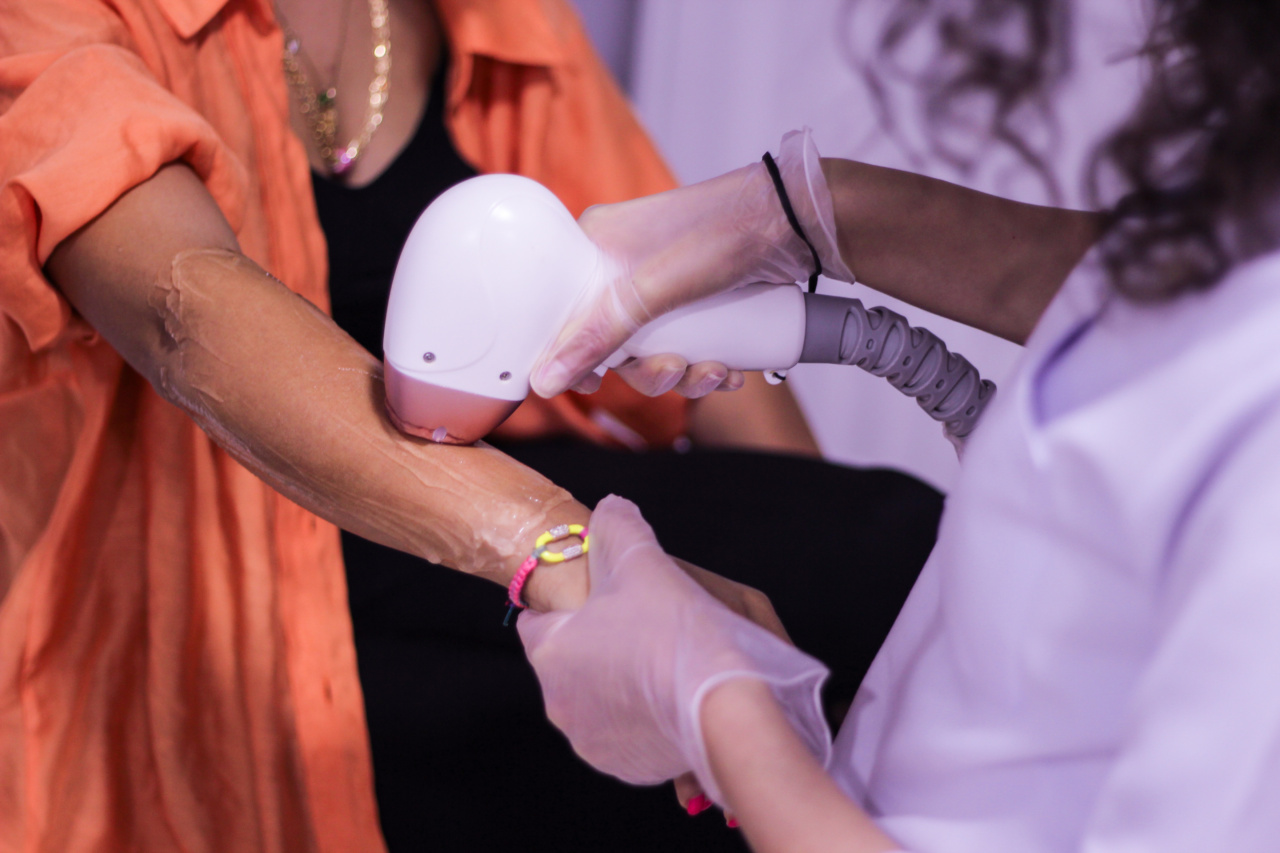Prostate cancer is one of the most prevalent forms of cancer among men, with millions of new cases reported every year.
While treatment options for prostate cancer are available, one of the most effective methods to eliminate the disease completely is through surgical removal of the prostate gland. However, traditional prostate removal surgery is invasive and can lead to various complications. Fortunately, a breakthrough treatment known as the TURIS method is revolutionizing prostate removal procedures.
What is the TURIS Method?
The TURIS (Trans-Urethral Resection in Saline) method is a state-of-the-art surgical technique for removing the prostate gland.
Unlike traditional surgery, TURIS is a minimally invasive procedure that offers several benefits, including reduced recovery time, minimal scarring, and fewer complications.
How Does the TURIS Method Work?
The TURIS procedure involves the use of an endoscope, a thin tube with a camera and light attached at one end, which is inserted through the urethra. This allows the surgeon to visualize the prostate gland and perform the resection.
Saline solution is used to distend the area around the prostate, providing a clear view and helping to control bleeding.
The Advantages of the TURIS Method
1. Minimally Invasive: The TURIS method is performed entirely through the urethra, eliminating the need for large incisions. This significantly reduces trauma to surrounding tissues and organs.
2. Reduced Blood Loss: The use of saline solution during the procedure helps to control bleeding, resulting in minimal blood loss.
3. Shorter Hospital Stay: Patients undergoing the TURIS method typically require a shorter hospital stay compared to traditional prostate removal surgery.
4. Faster Recovery: As TURIS is a minimally invasive procedure, patients experience faster recovery times and can return to their daily activities sooner.
5. Decreased Risk of Complications: The TURIS method has been associated with a lower risk of complications, such as infection and urinary incontinence, compared to traditional surgery.
Who is a Suitable Candidate for the TURIS Method?
The TURIS method is suitable for men with localized prostate cancer, where the cancer is confined to the prostate gland. It is also a preferred option for patients with certain medical conditions that may make traditional surgery higher risk.
The TURIS Method vs. Traditional Prostate Removal Surgery
While traditional prostate removal surgery, known as radical prostatectomy, is still a widely used treatment option, the TURIS method offers several advantages.
In addition to the benefits mentioned earlier, the TURIS method allows for more precise removal of the prostate gland and reduces the risk of damaging surrounding nerves that are responsible for erectile function.
The Recovery Process for the TURIS Method
After the TURIS procedure, patients may experience temporary urinary symptoms such as frequency and urgency. However, these usually resolve within a few weeks.
The overall recovery process is faster, and patients can resume regular activities soon after the surgery, although strenuous activities should be avoided for a few weeks.
Potential Risks and Complications
While the TURIS method is considered safe and minimally invasive, like any surgical procedure, there are some risks and potential complications. These may include bleeding, infection, urinary tract injury, and scarring.
However, the incidence of such complications is significantly lower compared to traditional surgery.
Conclusion
The TURIS method has emerged as a breakthrough treatment for prostate removal surgery.
With its minimally invasive approach, reduced risk of complications, and faster recovery times, it offers an excellent alternative to traditional prostate removal surgery. If you have been diagnosed with localized prostate cancer, it is recommended to discuss the TURIS method with your healthcare provider to determine if it is a suitable option for you.





























